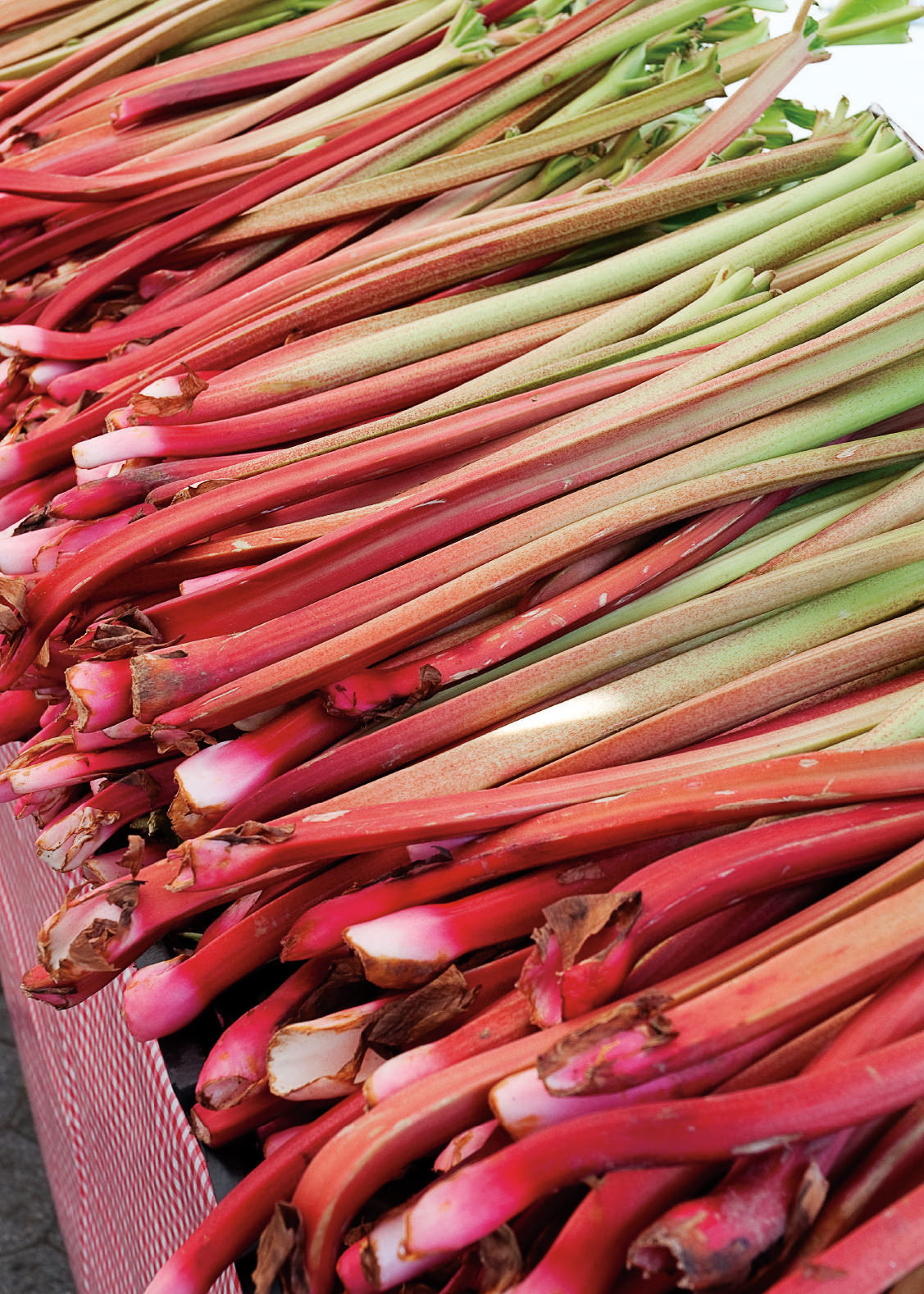Sinful Sucrose
Tell me sweet little lies.

Illustration by Andrew Holder.
One day I was grocery shopping with a friend when I picked up a bottle of corn syrup. “Don’t buy that!” she said. “It’s poison!”
I know my friend meant well. She was attempting to save me from one of society’s greatest evils, a scourge apparently unmatched since the advent of the smallpox vaccine—high-fructose corn syrup. Consuming the stuff, we are often told, will put you on a veritable Hellevator ride to obesity and diabetes. It’s just one of the nutritional canards that regularly come down the media’s broken telephone line of scientific reporting.
It was Michael Pollan’s influential book The Omnivore’s Dilemma that first made high-fructose corn syrup a byword for dietary disaster—the key to the plague of obesity in North America. Pollan was not referring to the kind of syrup I was grabbing off the shelf—ordinary corn syrup has no fructose at all, only glucose. High-fructose corn syrup has been processed with enzymes that convert roughly half of the glucose to fructose, creating a sweetener that is chemically very similar to table sugar but a good deal cheaper to manufacture. It is that affordability, Pollan reported, that led to the wave of supersizing in the fast-food industry. Thanks to high-fructose corn syrup, it became cheaper to make soft drinks. Coca-Cola started using it in 1980, the same year that 7-Eleven introduced the Big Gulp. Cheaper prices for bigger drinks led to bigger consumers—and more health problems.
According to studies done by the American Medical Association and others, there is no evidence that high-fructose corn syrup is any different from ordinary sugar in the way it is metabolized by the human body; it is simply an alternative sweetener, apparently no worse for you than an equivalent amount of sucrose.
But thanks to the confusion that characterizes so much debate over scientific, medical, and nutritional information, the economic aspect of the story has been garbled or ignored. The message was that high-fructose corn syrup causes obesity; the details are lost in transmission.
Not every nutritional scare arrives via misinformation. William Davis’s bestselling book Wheat Belly offers up the theory that the gluten in wheat can mess you up even if you do not suffer from celiac disease, and is a key cause of obesity. Many nutritionists take issue with that claim, but at least Davis’s theory is not being misreported. You either buy it or you don’t.
Yet these claims, too, gain traction thanks to poorly understood concepts. Davis argues that modern wheat is a sort of genetic mutant created via agricultural crossbreeding, a Franken-grain that our bodies cannot properly process. If so, we’re in big trouble, since few if any modern agricultural crops have survived unaltered through history. Get ready for a string of bestsellers: Carrot Belly, Potato Belly, Lettuce Belly.
Meanwhile the public will continue to swallow nutritional half-truths. Look no further than the humble peanut butter and banana sandwich. Made with sugarless peanut butter on whole grain bread, it’s a healthy snack. Unfortunately, Elvis Presley’s fried version included at least a pound of butter. Now, peanut butter and banana sandwiches are maligned as the snack that killed the King. Someone ought to write a book.



